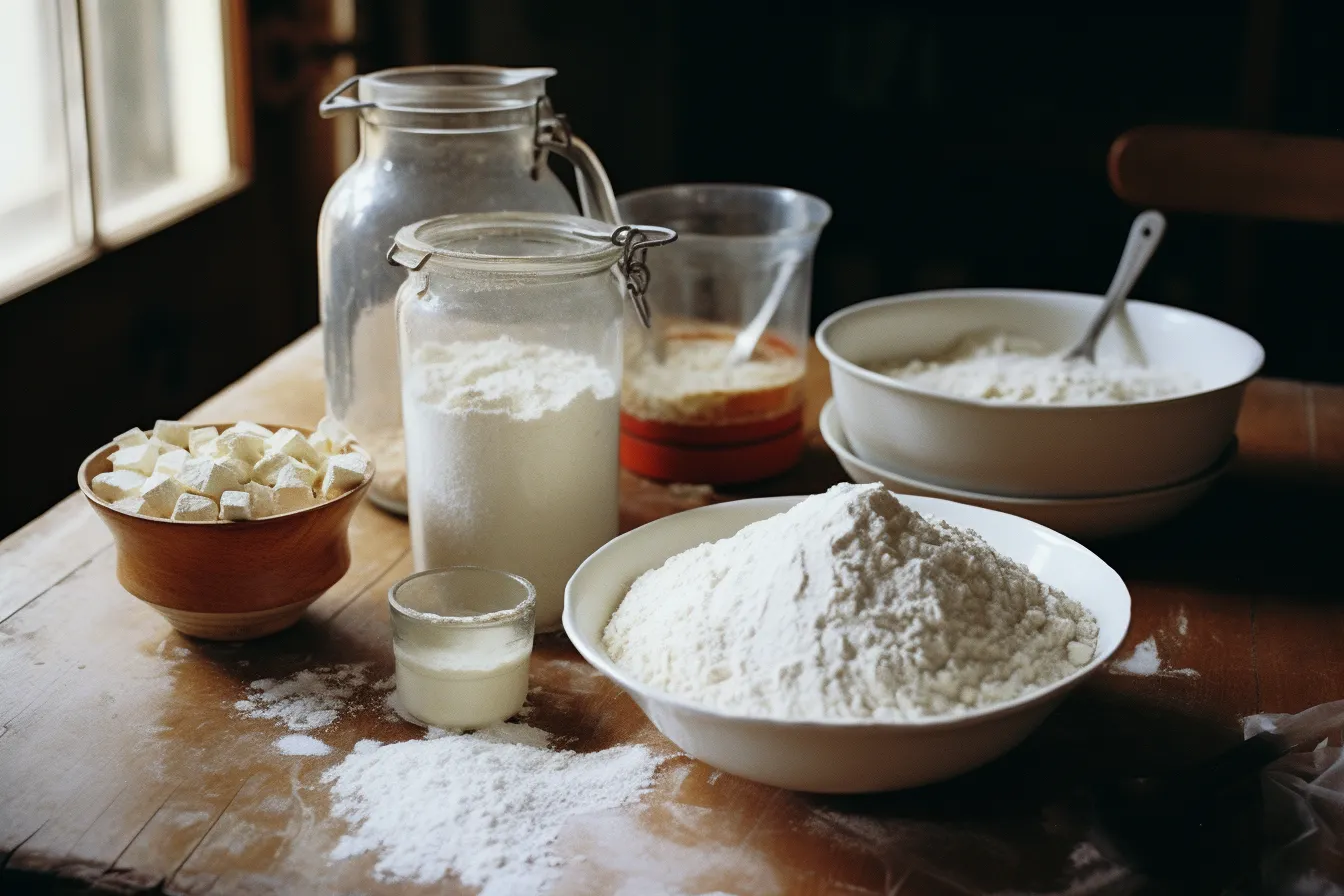Decoding Date Labels – Best Before vs. Use By
Welcome to our insightful guide on understanding food freshness and safety! In this article, we will delve into the often confusing world of date labels found on food products. With so many different terms and symbols, it’s easy to get lost in deciphering the meaning behind these date labels. Fear not, as we will break it all down for you, focusing specifically on the two most common date labels: “Best Before” and “Use By.”
Understanding Best Before Date Labels
Let’s start by unraveling the mystery behind “Best Before” date labels. Commonly found on non-perishable items such as canned goods, dry goods, and packaged snacks, these labels indicate the date until which the product is expected to be at peak quality. The food is still safe to consume after this date, but its flavor, texture, and nutritional value might deteriorate over time. Think of it as more of a suggestion rather than a strict expiration date.
For example, let’s say you have a bag of crispy potato chips with a “Best Before” date of June 30th, 2023. If you happen to indulge in them a few weeks after this date, don’t fret! While they might not be as deliciously crunchy as when they were fresh, they are still safe to eat. The flavor might not be exactly the same, and they might lose some of their vibrant taste, but they won’t pose any health risks.
Cracking the Code of Use By Labels
Next, let’s tackle the enigmatic “Use By” date labels. These labels are commonly found on perishable items such as meat, dairy products, and ready-to-eat meals. Unlike “Best Before” labels, the “Use By” dates indicate the last date on which the product is deemed safe to consume. It serves as a guideline to ensure optimal food safety and prevent potential foodborne illnesses.
Let’s take a carton of milk with a “Use By” date of July 15th, 2023, as an example. It is highly recommended not to consume the milk beyond this date, as it may harbor harmful bacteria and pose health risks. While the milk might not necessarily exhibit visible signs of spoilage, it’s crucial to prioritize food safety over personal cravings.
Additional Tips for Date Label Decoding
Now that we have covered the main distinctions between “Best Before” and “Use By” date labels, here are a few extra tips to keep in mind:
– Always store perishable items in the refrigerator at the recommended temperature to maximize their shelf life.
– Pay attention to any specific storage instructions provided on the packaging, such as “Refrigerate after opening” or “Freeze before the date.”
– Use your senses to detect signs of spoilage, such as off odors, unusual texture, or mold formation. If in doubt, it’s better to err on the side of caution and discard the product.
– When it comes to baby food or other products consumed by vulnerable groups, it is especially crucial to strictly adhere to the “Use By” date.
Remember, date labels are primarily intended to ensure food quality and safety. When in doubt, trust your senses and prioritize your well-being. Stay informed, make smart decisions, and enjoy your meals without unnecessary worries!
